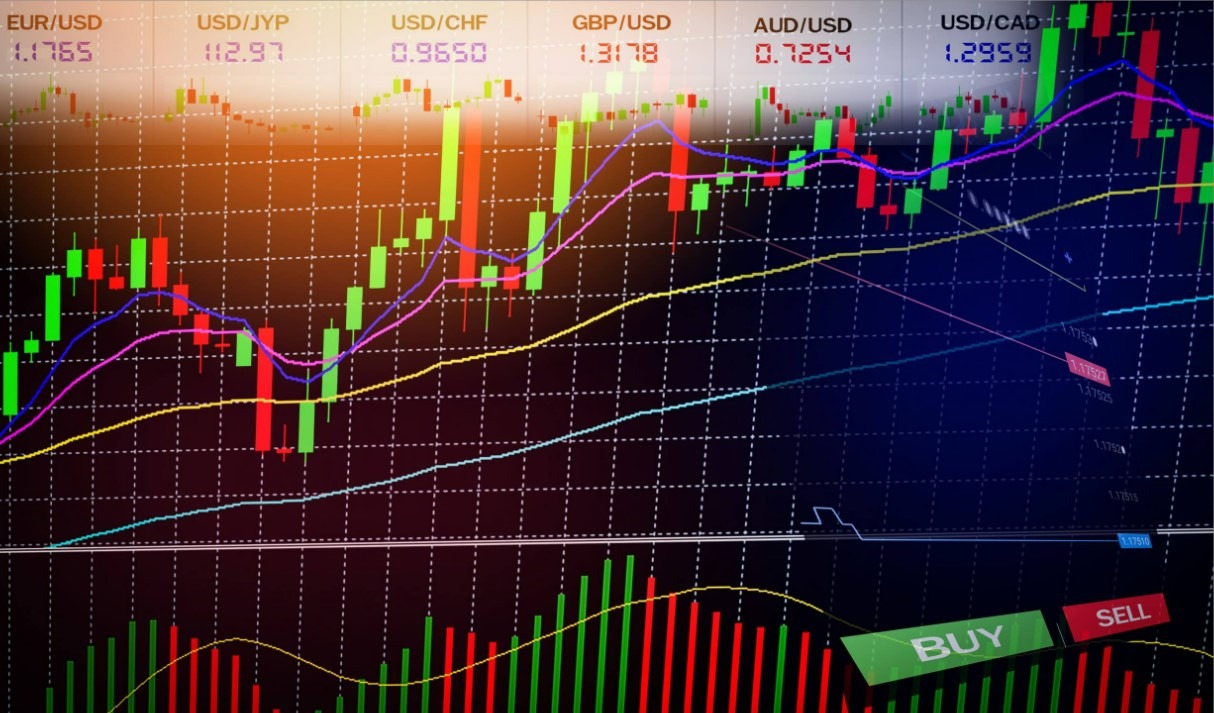Forex trading can be complex, but the right tools can help traders make informed decisions. Forex indicators are vital for analyzing market trends, predicting future price movements, and executing profitable trades. These indicators are mathematical calculations based on historical price data that can provide insights into the market’s direction and momentum FX141.com. Below is a look at some of the most popular and useful forex indicators.
1. Moving Averages (MA)
Moving averages are one of the most widely used indicators in forex trading. They help smooth out price data to identify trends over a specific period. The two common types are the Simple Moving Average (SMA) and the Exponential Moving Average (EMA). Moving averages are often used in conjunction with other indicators to confirm trends or signals.
-
SMA: Calculates the average price over a specific time period, giving equal weight to all values.
-
EMA: Gives more weight to recent prices, making it more sensitive to price movements.
2. Relative Strength Index (RSI)
The RSI is a momentum oscillator that measures the speed and change of price movements. It ranges from 0 to 100 and indicates whether an asset is overbought or oversold. Generally, an RSI above 70 suggests the market is overbought, while an RSI below 30 signals that the market may be oversold.
Traders use the RSI to identify potential reversal points, and it’s often paired with other indicators like moving averages to improve accuracy.
3. Bollinger Bands
Developed by John Bollinger, Bollinger Bands are a volatility indicator that consists of three lines: the middle band (SMA), an upper band, and a lower band. The upper and lower bands are set a certain number of standard deviations away from the middle band.
Bollinger Bands expand and contract based on market volatility, with prices often bouncing between the bands. When the price breaks through the upper or lower band, it may indicate an overbought or oversold market, signaling potential trade opportunities.
4. MACD (Moving Average Convergence Divergence)
The MACD is a trend-following momentum indicator that shows the relationship between two moving averages of a currency pair’s price. It consists of a MACD line, a signal line, and a histogram. The MACD is useful for identifying buy and sell signals when the MACD line crosses the signal line.
-
Bullish signal: When the MACD line crosses above the signal line.
-
Bearish signal: When the MACD line crosses below the signal line.
5. Fibonacci Retracement
Fibonacci retracement levels are horizontal lines that indicate potential support and resistance levels based on the Fibonacci sequence. Traders use these levels to predict where a currency pair might retrace before continuing in its original direction.
The key Fibonacci levels to watch for are 23.6%, 38.2%, 50%, 61.8%, and 78.6%. These levels often align with significant price levels where reversals or consolidations can occur.
6. Stochastic Oscillator
The Stochastic Oscillator is another momentum indicator that compares a currency’s closing price to its price range over a specific period. It helps traders identify overbought and oversold conditions and potential price reversals.
The Stochastic Oscillator has two lines: the %K line and the %D line. When the %K crosses above the %D, it signals a buy opportunity, and when the %K crosses below the %D, it signals a sell opportunity.
7. Average True Range (ATR)
The ATR measures market volatility by calculating the average range between high and low prices over a specified period. Traders use ATR to gauge market conditions—higher ATR values indicate more volatility, while lower ATR values suggest less volatility.
Conclusion
Forex indicators are powerful tools that help traders navigate the complexities of the foreign exchange market. By using a combination of indicators, traders can better analyze price movements, market conditions, and potential trade opportunities. However, it’s essential to remember that no indicator is foolproof. Successful trading often relies on a blend of technical analysis, risk management, and sound decision-making.
